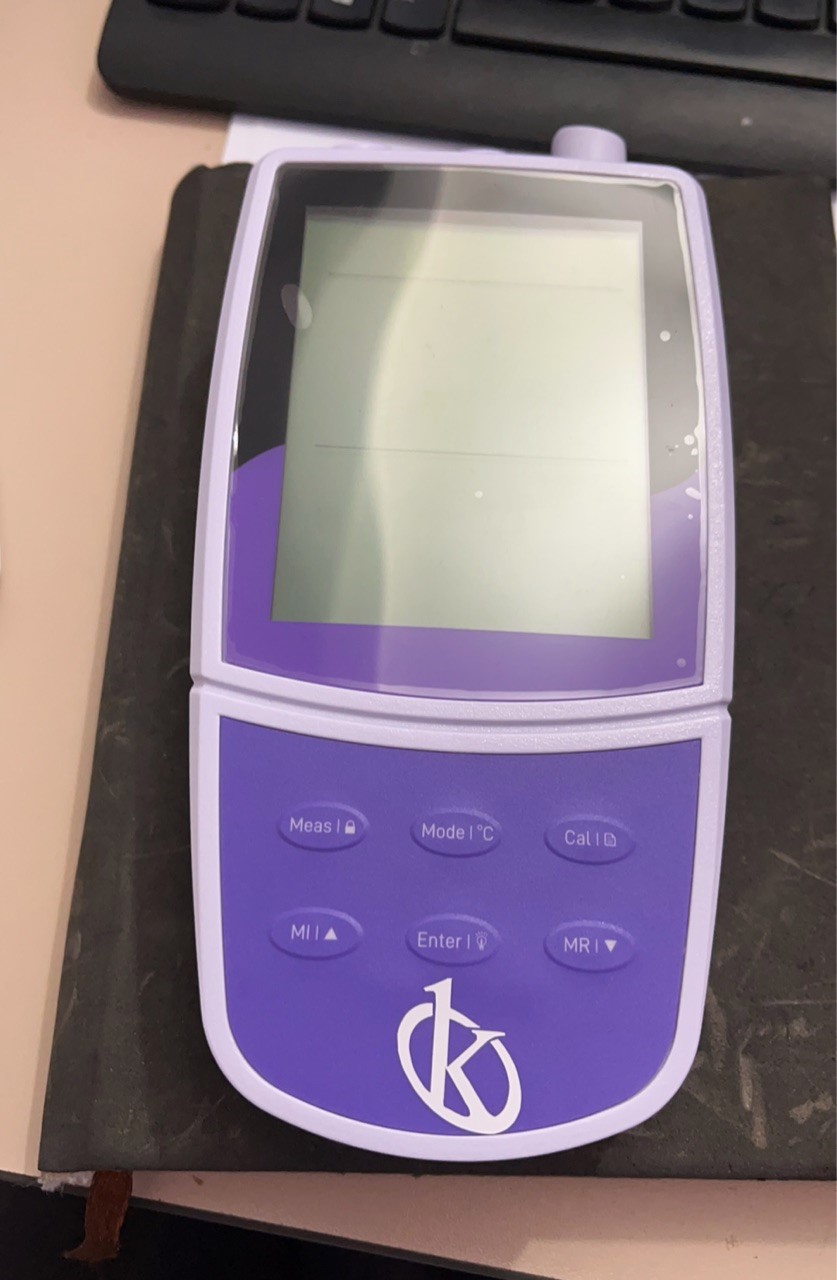In recent years the use of chlorine for swimming pool disinfection has been replaced by ionization with copper or with the combination of copper and silver. This procedure is performed with copper ionizers. These devices use electrolysis to release copper ions into pool water, via an anode or electrode that is usually connected to the pipe that supplies water to the pool. These devices can be powered by a power supply or use solar panels to generate electricity.
Copper ionization has a potent biocidal effect on microorganisms and black algae, considered more resistant. The copper (Cu2+) ions look for particles of opposite polarity in the water, such as bacteria, viruses and fungi. Then, by attaching to the cell walls of microorganisms, they disturb their permeability and promote an alteration in the absorption of nutrients in the microorganism. Likewise, by altering the permeability of the cell wall, they facilitate the entry of other disinfectant agents, which inhibits the multiplication of microorganisms.
Copper ionization is a safe way to keep swimming pools clean, excluding the side effects of chlorine on the skin, hair and eyes, because it decreases by a high percentage, the amount of chlorine and other chemicals, for the maintenance of swimming pools.
Should I assess the copper level in the pool when I use copper ionization?
When copper ionization is applied, water analysis should be done for several reasons. The first, to check the effectiveness of the system, the second, to check compliance with existing regulations. The third, to identify problems related to excess or lack of copper.
Some manufacturers recommend a first determination before applying copper ionization. Then, measure at a weekly frequency. On the other hand, most ionizer manufacturers recommend keeping the level of copper in water between 0.2 and 0.4 ppm. If the concentration is maintained in that range, no adjustments are made. Conversely, if the level is below 0,2 ppm or above 0,4 ppm, changes in ionizer control should be made, as values below the recommended range will not provide protection against micro-organisms. Values above the range, may promote the appearance of spots in the pool.
How to assess copper ion concentration?
The assessment of copper levels in pools is performed with the ion meter, also known as ISE, for “selective ion electrode”. It is a device that allows to determine the activity of ions in an aqueous solution, measuring the electrical potential.
Ion-selective electrodes are modern analytical tools that facilitate the assessment of the ionic activity of samples, quickly and directly. They form a versatile, affordable and advantageous measurement system, compared to other techniques, for example, it is relatively economical and easy to perform. In addition, it has a wide measuring range of copper concentration. This instrument is of great help in identifying any imbalance in the concentration of copper ions in swimming pools.
Kalstein Copper Ion Meters
At Kalstein we offer a wide variety of copper ion meters, from the YR series. You can choose the one that best suits your needs. Kalstein copper ion meters, which offer the possibility to select the concentration units, e.g. ppm, mg/L and MOL/L, simplify the measurement process by directly reading the ion concentration. In addition, they are designed with a backlit LCD screen and offer a set-up menu that allows the number of calibration points, stability criteria, temperature, unit, date and time, among others, to be set. For more information on Kalstein copper ion meters, visit the link HERE
We are manufacturers, so in Kalstein you can make the purchase of copper ion meters at advantageous prices. For more detailed information, visit HERE

